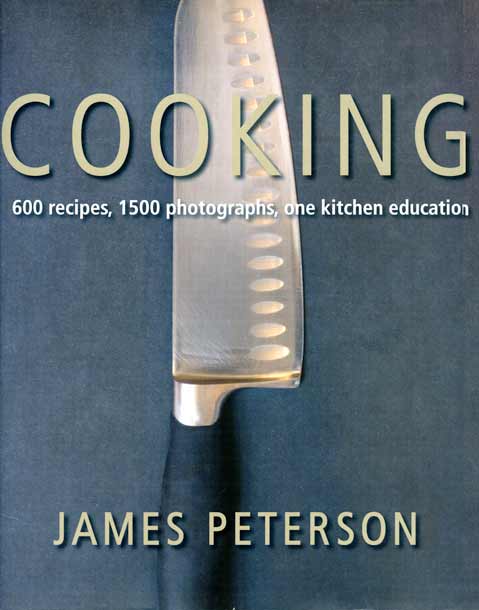Hot Lights
Just a jazzy term for what are basically the same lights we use (or used to use) at home. Because hot lights have tungsten filaments, they are commonly referred to as tungsten lights or just “tungsten”. The advantage to hot lights is that they are continuous, allowing us to see what’s happening with the light without having to make a test shot. (We can’t see strobe lights until we see the developed picture.) The downside is that many continuous lights are hot which can cause food on the set to quickly wilt or for models to sweat. Hot lights provide a great way to learn about photography because we’re usually only dealing with a small number of light sources. By isolating these sources and seeing what each does, we learn an amazing amount about light.
When using continuous light, it’s helpful to model your configuration in a way that mimics nature. In other words, there should be a hard directional light that stands in for the sun (this is called the key light) and a soft light from a very broad light source (such as the ceiling, an umbrella or a soft box) that functions as a fill light. To take the mimicry further, the colors of each light can be adjusted such that the fill light is cooler than the key light in the same way as the sky is cooler than the sun. The easiest way to do this is to tape a colored gel over one of the lights to render it warmer (for the key light) or cooler (for the fill light). If you have a color meter, gel the fill light so it reads 10,000 or more. The key light may not need a gel (if it’s an incandescent or halogen light the light will already be warm—about 3200K.) depending on what kind of light it is. By manipulating the color of the light in this way, you can emulate the effects of daylight.
Keep in mind that light falls off as a function of the square of the distance. In other words, if you move the light twice as far away, you’ll end up with one fourth the light. If you move three times as far away, you’ll only have a ninth the light. For this reason, it’s often helpful to keep the lights as far away from the subject as possible so that the set will be evenly lit. (If the light’s too close, the light will fall off on the set.)
One of the least expensive artificial light sources is simply a light bulb with a metal reflector. Similar to regular incandescent lights, are halogen lights which burn even hotter but emit a slightly cooler light. Also used, especially in video and film, are HMI lights which are powerful fluorescent lights that can be aimed and used as hard lights. There are also fluorescent lights, color balanced as though they were neutral daylight. These often come in banks that unfold and can be used as soft lights.
There are several gadgets and methods for controlling continuous lights to produce either hard or soft light. To create a narrow beam of light, most “hot lights” have what are called Fresnel lenses that help focus the light and make it harder. Also in use are “snoots” which are long narrow tubes that fit over the lights and narrow the beam. To improvise a snoot you can wrap a strip of Cine-foil (essentially black aluminum foil) around the end of the holder for the bulb. The keeps the light from spreading around on the set and allows you to aim it at a very small area. Less restrictive than a snoot are “barn doors”. Barn doors consist of four panels that fit over a light and can be folded in various configurations to control the light.
In many situations we need to soften the light from continuous light. This can be done by putting something white and translucent (not transparent) between the light and the set. (I sometimes use those plastic flexible “cutting boards” but even a piece of paper will work.) The closer the piece of paper or plastic is to the set, the softer the light. This makes it easy to control the size of highlights and shadows. A more convenient device is a soft box or umbrella. A soft box is simply a large fabric box that’s translucent on one side and spreads the light out; an umbrella does much the same thing.

